Jikka, a Tepee-Style House in the Heart of the Mountains
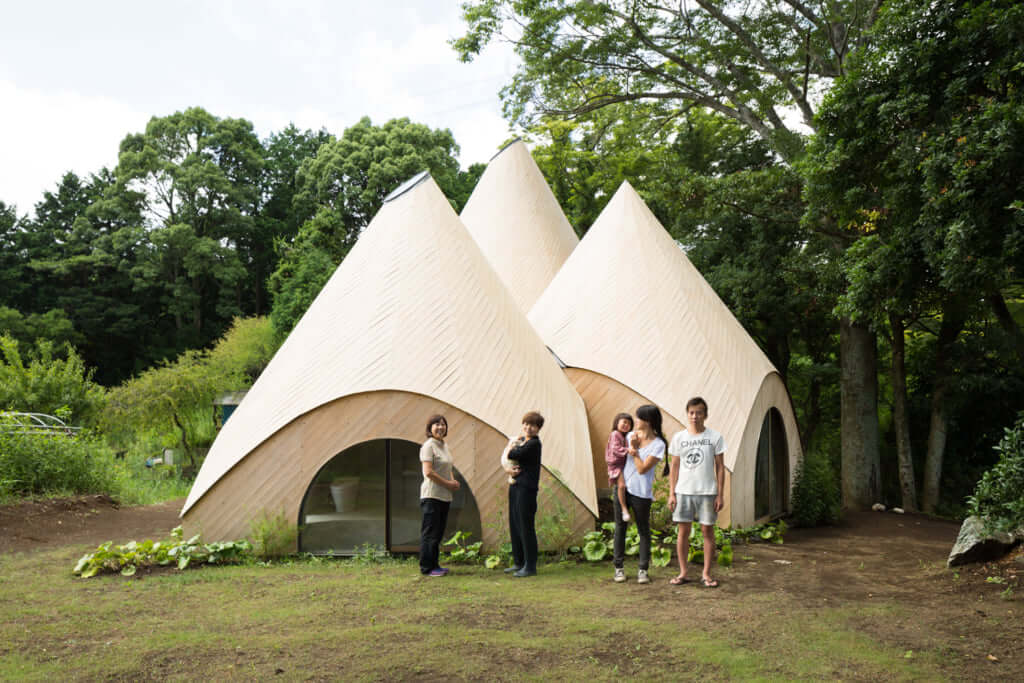
©Takumi Ota
In the heart of the mountains in Shizuoka prefecture, not far from Mount Fuji, lie five wooden cones which resemble tepees. These structures, which look as they have come straight from the imagination of Hayao Miyazaki, are in fact the work of Japanese architect Issei Suma. Two women asked him to design a space that they could use to live in, but also to serve the community by rebuilding a social connection between lonely people.
Suma did exactly that through this architectural project consisting of five interconnected tepees with a total surface area of 100m2, which goes by the name of Jikka. The two sixty-somethings, one of whom is a former social worker and the other a cook, invite inhabitants from the surrounding area, many of whom are elderly and isolated, to come and spend time with them, whether for an afternoon coffee, or for several days (one of the tepees serves as a guest room).
Elderly people can therefore get away from the isolation they often experience by forging new connections with the residents of Jikka and the other inhabitants who come to visit. The duo also offer a meal delivery service for those unable to leave their house, or who prefer to stay in the comfort of their own home.
An architectural structure that blends in with nature
This is, therefore, an ethical project that Issey Suma intended to be ‘as unembellished as a primitive hut, but also as holy as a chapel’. With their high ceilings with a window which allows natural light to flood in, the tepees have also been designed to offer as many openings as possible onto the surrounding natural environment. Their external wooden cladding enables them to blend into the landscape, while their concrete interior gives them a very modern feel.
The project comprises a main tepee with a kitchen and dining room, two tepees which serve as the living space for the two owners, and a final tepee which contains a guest room. This tepee also houses a spiral-shaped swimming pool which is also accessible to wheelchair users, just like all the other rooms in the residence.
This is a quite extraordinary place which is very representative of the pared-down, minimal nature so characteristic of Japan and which must be an ideal place to enjoy a quiet retirement.
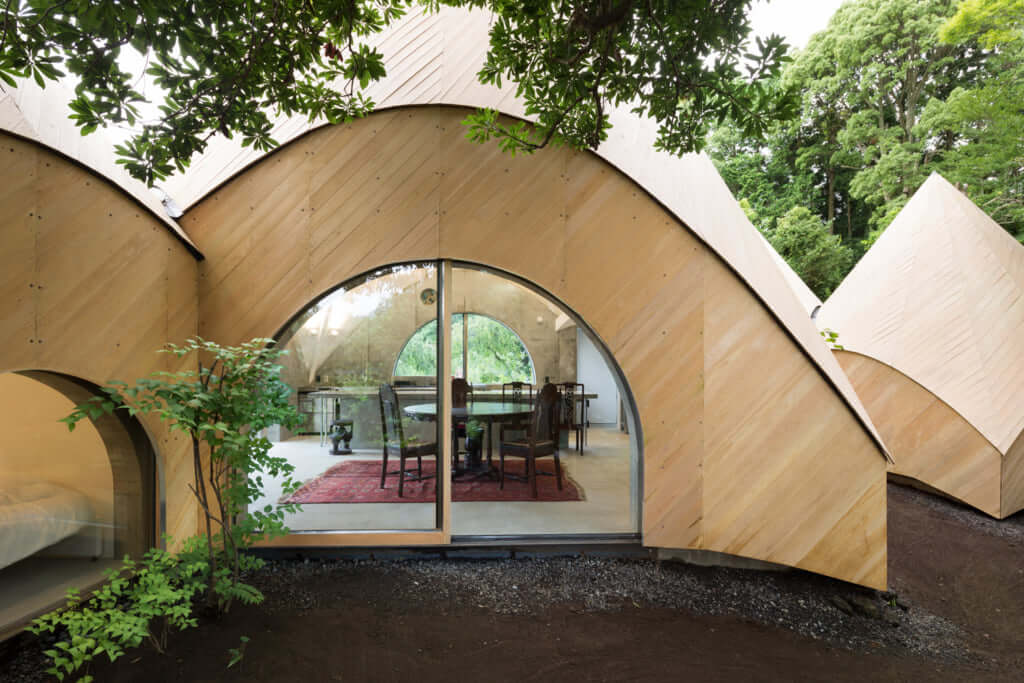
©Takumi Ota
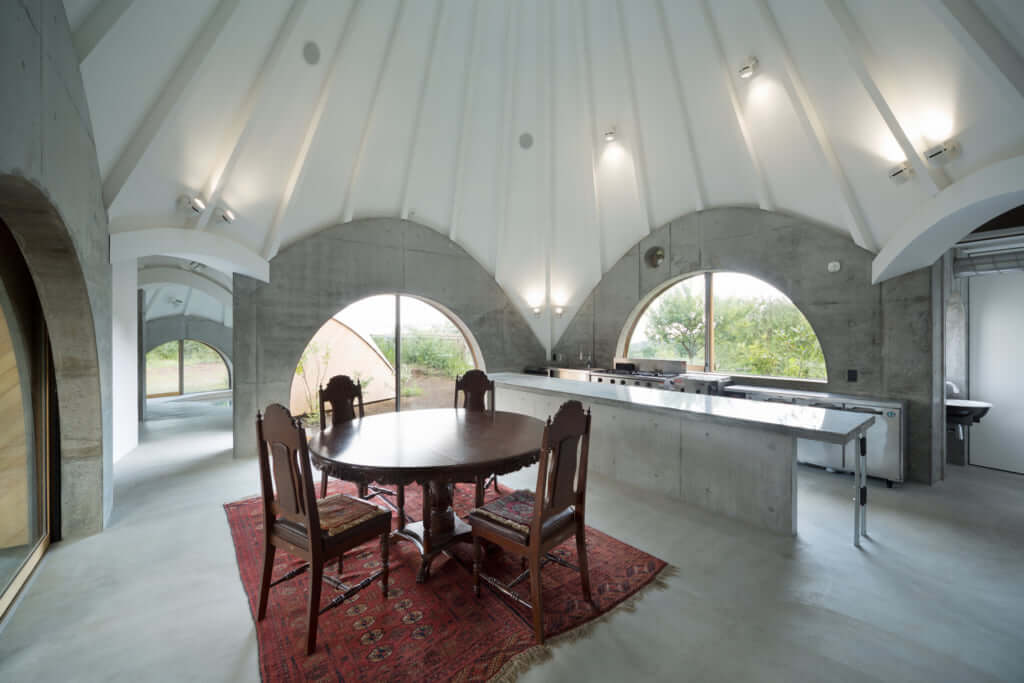
©Takumi Ota
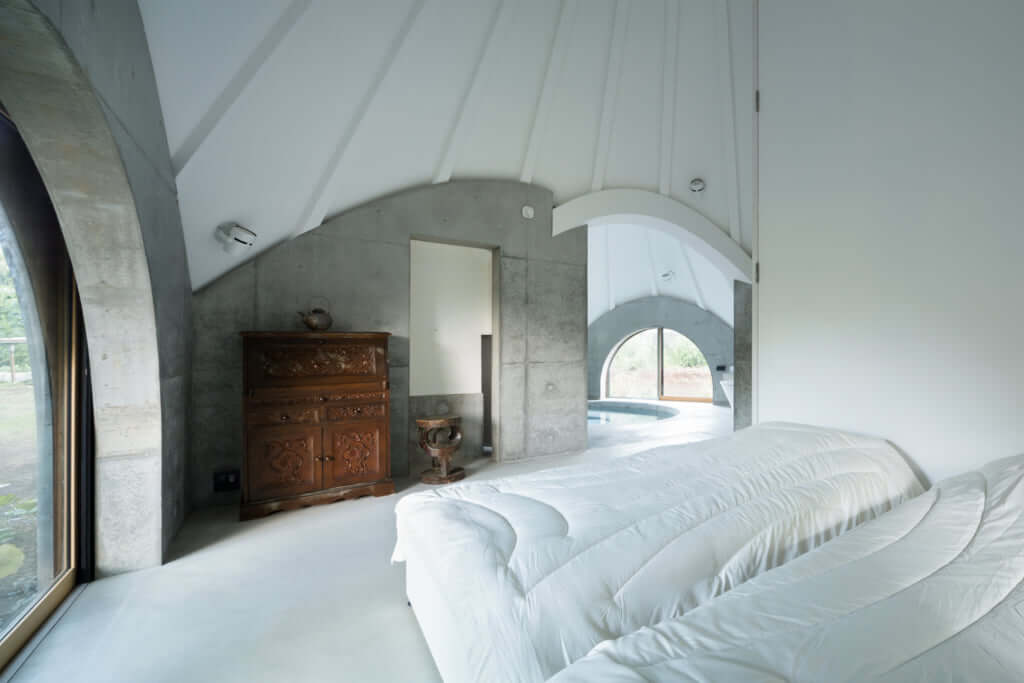
©Takumi Ota
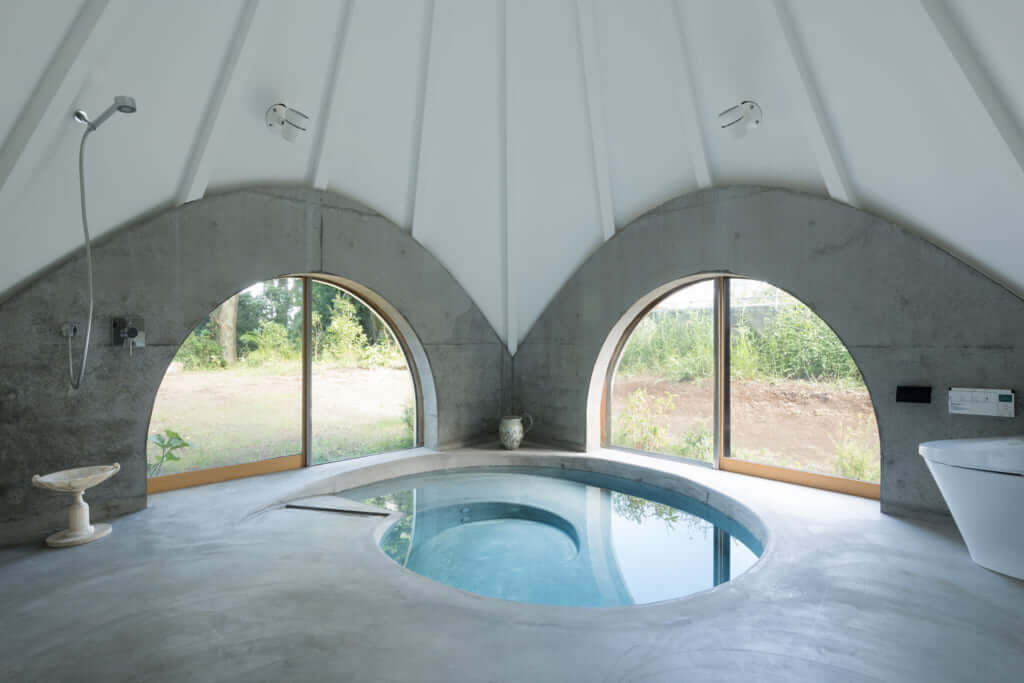
©Takumi Ota
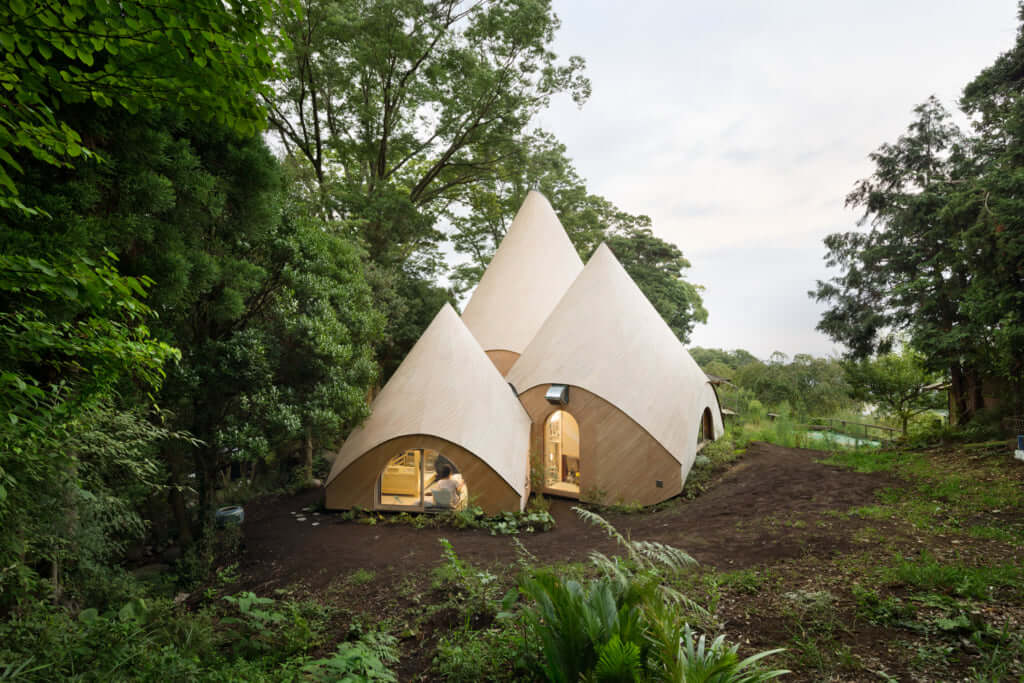
©Takumi Ota
TRENDING
-
Yakumo Saryo: A Culinary Voyage in Tokyo
Shinichiro Ogata makes objects from glass, ceramics and bronze but is also a fantastic cook. Have a taste of both his talents at restaurant Yakumo Saryo.

-
WA BI GIN : (An Old) Affair of Passion
The Japanese distillery Hombo Shuzo, first known for their shoshu, decided to launch itself into artisanal production of gin. Thus, WA BI GIN was born.

-
Gome Pit, the Pop-Up Bar in a Waste Treatment Facility
Japan never ceases to surprise. Gome Pit is a pop-up bar with an unobstructed view over a pit where tonnes of waste are piled up before being incinerated.

-
A Japanese Tea Room Perched Atop a Rooftop
The building, in keeping with the minimalist style of its creator, offers a splendid view of Vancouver Bay and the surrounding mountains.

-
Discover Japanese Gastronomy Through The Solitary Gourmet Manga
This illustrated black and white album follows its lead through various bars, celebrating the Japanese art of living.





